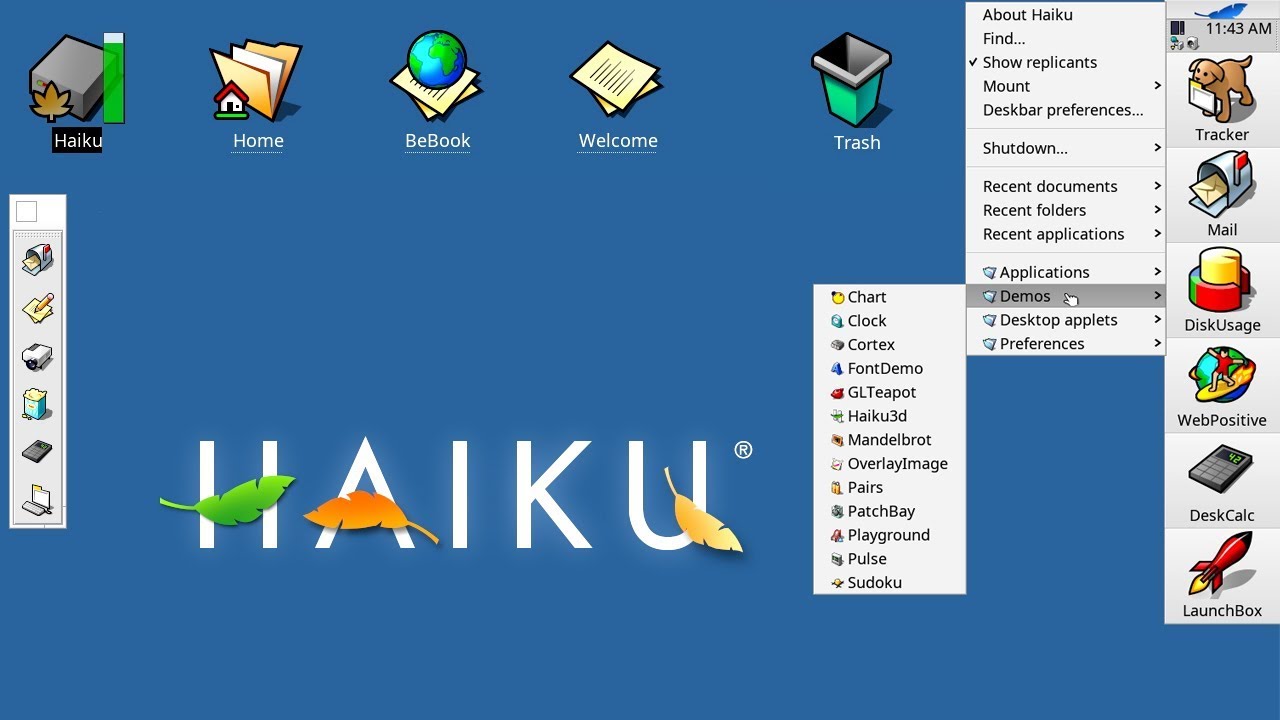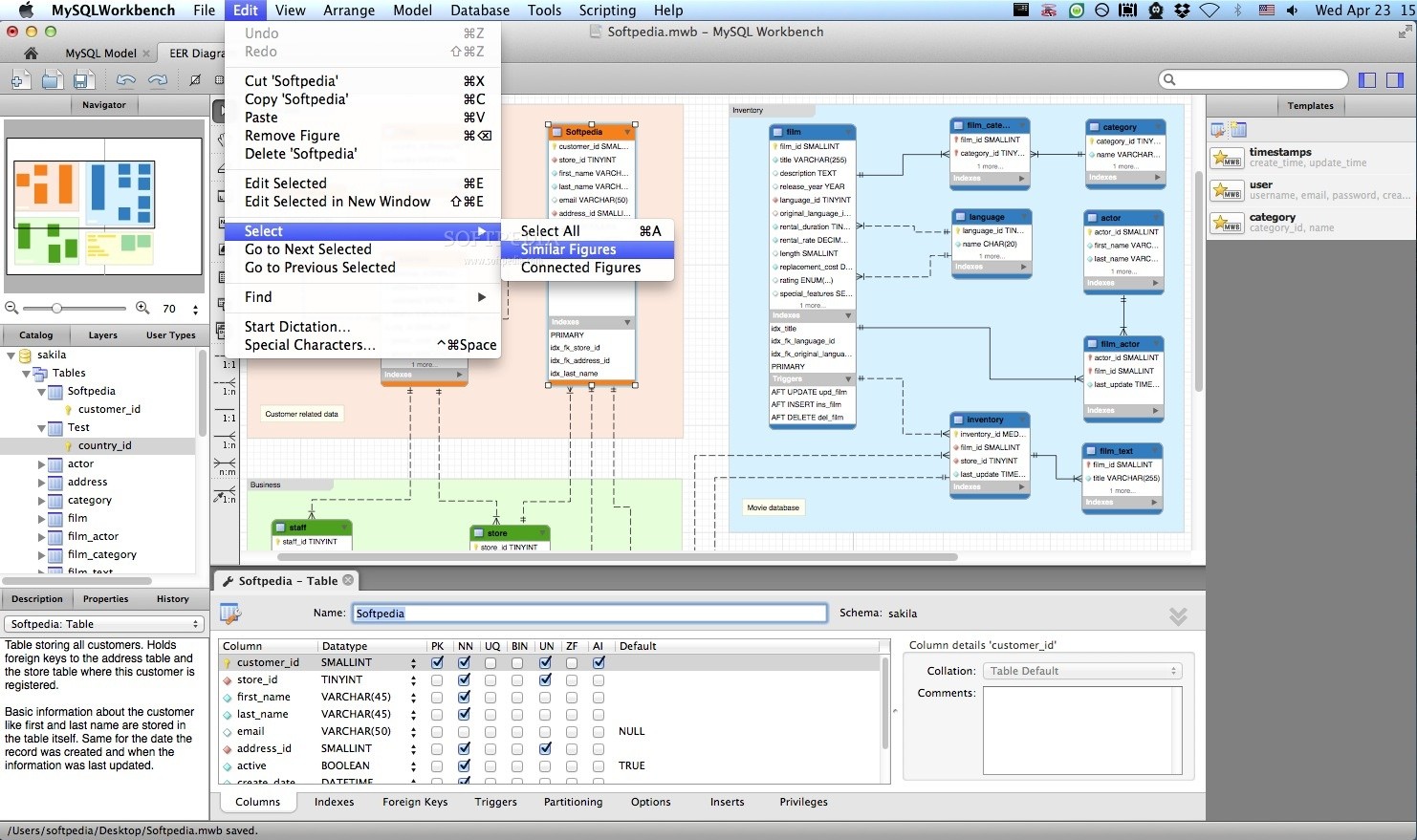The early PC era brought us mechanical keyboards that defined an entire generation of computing, combining robust engineering with tactile satisfaction that modern users still crave today.
⌨️ The Golden Age of Mechanical Switching Technology
Between the late 1970s and early 1990s, computer keyboards weren’t just input devices—they were precision instruments crafted with engineering excellence. Unlike today’s membrane keyboards found in most offices, these early mechanical keyboards featured individual switches beneath each keycap, creating distinctive sounds and tactile feedback that became synonymous with serious computing.
The mechanical keyboard renaissance we’re witnessing today isn’t just about nostalgia. It’s a recognition that manufacturers from decades past understood something fundamental about human-computer interaction: the quality of your keyboard directly impacts your productivity, comfort, and overall computing experience.
IBM Model M: The Undisputed Champion of Clickiness
When discussing iconic mechanical keyboards, the IBM Model M stands as the unquestioned king. Introduced in 1985, this keyboard established a standard that enthusiasts still measure modern keyboards against. The Model M’s buckling spring mechanism created a distinctive “click-clack” sound that became the auditory signature of productive typing.
Weighing approximately five pounds, the Model M felt substantial in ways that modern keyboards rarely achieve. This wasn’t a device that would slide around your desk or feel flimsy under vigorous typing. The steel backplate provided structural integrity that allowed these keyboards to survive decades of heavy use—many original units still function perfectly today.
The Buckling Spring Revolution
The buckling spring switch design represented genuine innovation in keyboard technology. When a key was pressed, a spring would buckle under the pressure, creating both the tactile bump and audible click simultaneously. This mechanism provided unmistakable feedback to typists, reducing errors and increasing typing speed for those who mastered it.
IBM manufactured millions of Model M keyboards, bundling them with PS/2 systems throughout the late 1980s and early 1990s. The keyboard’s durability became legendary—stories abound of Model M keyboards surviving office fires, floods, and decades of daily abuse while continuing to function flawlessly.
🖥️ The Apple Extended Keyboard: Elegance Meets Function
While IBM dominated the PC world, Apple created its own mechanical masterpiece with the Apple Extended Keyboard. Released in 1987, this keyboard featured Alps switches—a different mechanical design that offered smooth, refined feedback compared to the aggressive clickiness of IBM’s buckling springs.
The Apple Extended Keyboard showcased Apple’s design philosophy even in the pre-Jony Ive era. Clean lines, a platinum gray color scheme, and thoughtful layout made it instantly recognizable. The keyboard featured a full layout with numeric keypad, function keys, and dedicated navigation cluster, making it surprisingly similar to modern full-size keyboards.
Alps Switches: The Smooth Operator
Alps Electric Company created switches that provided mechanical satisfaction without the aggressive auditory feedback of buckling springs. The complicated Alps switch design featured multiple plastic components working in harmony to create a smooth keystroke with a subtle tactile bump.
Different Alps variants offered varying experiences. Some provided clicky feedback similar to IBM keyboards, while others offered quieter, tactile-only operation. This variety allowed manufacturers to target different user preferences and office environments where excessive noise wasn’t appropriate.
Cherry MX: The Foundation of Modern Mechanical Keyboards
German manufacturer Cherry Corporation developed their MX switch series in the 1980s, creating what would eventually become the industry standard for mechanical keyboards. While Cherry MX switches didn’t achieve widespread recognition during the early PC era, their introduction during this period laid groundwork for the mechanical keyboard renaissance of the 2010s.
Cherry’s genius lay in creating a modular, reliable switch design that could be manufactured consistently at scale. The cross-stem design became so ubiquitous that it’s now considered the standard keycap mounting system, with third-party keycap sets designed specifically for Cherry MX compatibility.
The Color-Coded System
Cherry developed a color-coding system for their switches that helped users understand the typing experience each variant offered:
- Cherry MX Blue: Clicky and tactile, similar in character to buckling springs but with lighter actuation force
- Cherry MX Brown: Tactile without the click, offering a compromise for office environments
- Cherry MX Red: Linear switches without tactile bumps, preferred by gamers for smooth actuation
- Cherry MX Black: Heavier linear switches requiring more force to actuate
This system provided clarity in a market that had previously required hands-on testing to understand keyboard characteristics. The color-coding system proved so successful that other manufacturers adopted similar naming conventions for their own switch designs.
🎮 Keyboards That Defined Computing Environments
The mechanical keyboards of the early PC era weren’t just typing instruments—they defined entire computing experiences. The sound of a room full of IBM Model M keyboards created an ambient soundscape that anyone who worked in 1990s offices immediately recognizes. That collective clicking represented productivity, urgency, and the digital transformation of business.
Different industries gravitated toward different keyboard styles. Financial traders demanded the fastest, most responsive keyboards for rapid data entry. Writers and journalists preferred keyboards with satisfying tactile feedback that encouraged long typing sessions. Programmers needed reliable keyboards that could withstand marathon coding sessions without fatigue.
The Engineering Excellence Behind Vintage Mechanical Keyboards
Modern consumers might find it surprising that keyboards from 30-40 years ago often feel superior to contemporary models. This quality gap stems from fundamental differences in manufacturing philosophy and economic pressures that have transformed the computer peripheral industry.
Early PC manufacturers built keyboards to last because repair and replacement represented significant costs. IBM didn’t want to service keyboards under warranty, so they engineered the Model M to survive extreme use. The steel backplate, thick PBT plastic keycaps, and robust switch mechanisms all contributed to longevity that modern manufacturers rarely prioritize.
Materials That Matter
The materials used in vintage mechanical keyboards reveal their quality orientation. Keycaps were manufactured from thick PBT (polybutylene terephthalate) plastic that resisted shine and wear even after millions of keystrokes. Modern keyboards frequently use thinner ABS (acrylonitrile butadiene styrene) plastic that develops an unsightly shine within months of regular use.
Internal components featured metal components where modern keyboards use plastic. Springs, mounting plates, and stabilizer bars were crafted from steel or other durable metals, contributing to both longevity and the satisfying acoustic properties these keyboards are famous for.
📊 Comparing Legendary Mechanical Keyboards
| Keyboard Model | Manufacturer | Switch Type | Release Year | Key Features |
|---|---|---|---|---|
| Model M | IBM | Buckling Spring | 1985 | Steel backplate, legendary durability, distinctive click |
| Extended Keyboard | Apple | Alps SKCM | 1987 | Smooth tactility, elegant design, ADB connection |
| Northgate OmniKey | Northgate | Alps or Cherry | 1987 | Customizable layout, excellent build quality |
| Model F | IBM | Capacitive Buckling Spring | 1981 | Even better than Model M, collector’s item |
Why These Keyboards Still Matter Today
The resurgence of interest in vintage mechanical keyboards represents more than simple nostalgia. Modern users are rediscovering that well-engineered input devices improve their computing experience in measurable ways. Reduced typing fatigue, increased accuracy, and genuine satisfaction from quality tools all contribute to the mechanical keyboard renaissance.
The vintage keyboard market has exploded, with pristine examples of IBM Model M keyboards selling for hundreds of dollars. Enthusiast communities have formed around restoration, modification, and preservation of these classic keyboards. Online forums buzz with discussions about rare Alps variants, optimal cleaning techniques, and modifications that bring vintage keyboards into the modern USB era.
The Modern Mechanical Keyboard Movement
Today’s mechanical keyboard market owes everything to the pioneers of the early PC era. Companies like Das Keyboard, Filco, and Ducky built their businesses by recognizing that users wanted the quality and tactility of vintage keyboards with modern connectivity and features.
The custom mechanical keyboard hobby has grown into a substantial subculture, with enthusiasts spending thousands of dollars on limited-edition switches, artisan keycaps, and custom-machined aluminum cases. This movement traces its lineage directly back to the engineering excellence of 1980s IBM and Apple keyboards.
🔧 Keeping Vintage Keyboards Alive
Maintaining and restoring vintage mechanical keyboards has become a specialized skill. Enthusiasts have developed detailed guides for disassembly, cleaning, and repair of classic keyboards. The modular nature of mechanical switches means that even keyboards with decades of service can be restored to like-new condition with patience and proper technique.
Converting vintage keyboards to work with modern computers requires adapter cables or internal modifications. PS/2 to USB adapters handle most IBM keyboards, though some advanced features may not function properly. More adventurous users install modern controller boards inside vintage keyboard cases, gaining full programmability while retaining the classic typing experience.
The Spare Parts Challenge
As these keyboards age, sourcing replacement parts becomes increasingly difficult. Original Alps switches are no longer manufactured, making keyboards using these switches particularly vulnerable. Enthusiasts have responded by creating databases of donors keyboards, 3D printing replacement parts, and reverse-engineering obsolete components.
Some companies have recognized this market gap. Unicomp purchased IBM’s keyboard manufacturing equipment and continues producing buckling spring keyboards using the original tooling. While purists debate whether modern Unicomp keyboards match the quality of original IBM units, their existence ensures that buckling spring enthusiasts have access to new keyboards.
The Cultural Impact of Mechanical Keyboards
The distinctive sound of mechanical keyboards has become culturally significant beyond their functional role. The clicking of an IBM Model M signals serious work to anyone within earshot. ASMR communities have embraced keyboard typing sounds, with videos of vintage mechanical keyboards attracting millions of views.
Movies and television shows use mechanical keyboard sounds to establish setting and character. A scene featuring prominent keyboard clicking immediately signals technical competence, productivity, or hacking prowess. This cultural shorthand exists because an entire generation associates mechanical keyboard sounds with computing.
🌟 Lessons From the Past for Future Design
The enduring appeal of vintage mechanical keyboards offers important lessons for modern product design. Durability and repairability create products that users treasure rather than discard. Quality materials justify premium pricing when users can feel the difference with every interaction.
The early PC era proved that input devices deserve serious engineering attention. When manufacturers invested in keyboard quality, they created products that users remember fondly decades later. Modern mechanical keyboard manufacturers have internalized this lesson, producing keyboards that honor the legacy of their vintage predecessors while incorporating contemporary features.
Environmental considerations also favor the durability-first approach of vintage keyboards. A single IBM Model M that functions for 30 years creates less waste than a dozen membrane keyboards replaced every few years. As sustainability becomes increasingly important, the throwaway culture of modern peripherals looks increasingly problematic.
Discovering Your Own Mechanical Keyboard Journey
For those interested in experiencing vintage mechanical keyboards firsthand, several paths forward exist. Online marketplaces like eBay regularly feature vintage keyboards, though prices have increased substantially as awareness has grown. Local thrift stores occasionally yield treasures, with legendary finds of pristine Model M keyboards purchased for a few dollars.
Mechanical keyboard meetups have become common in major cities, allowing enthusiasts to test dozens of different keyboards and switches. These gatherings provide invaluable hands-on experience that helps newcomers understand their preferences before making purchasing decisions.
Modern reproductions and inspired designs offer another entry point. Several manufacturers produce keyboards that capture the spirit of vintage designs while incorporating modern conveniences like programmability, RGB lighting, and wireless connectivity. These keyboards let users experience quality mechanical switches without the challenges of maintaining decades-old hardware.
The Timeless Appeal of Tactile Feedback
Ultimately, the enduring fascination with early PC era mechanical keyboards stems from their fundamental understanding of human needs. These keyboards recognized that typing is a physical activity deserving of thoughtful interface design. The tactile feedback, auditory confirmation, and substantial feel of vintage mechanical keyboards creates a satisfying typing experience that membrane keyboards simply cannot match.
As we spend increasing amounts of time interfacing with computers, the quality of our input devices matters more than ever. The mechanical keyboards of the early PC era remind us that computers are physical objects we interact with using our bodies, not just abstract digital spaces. Rediscovering these classic keyboards means rediscovering the pleasure of well-crafted tools that enhance our capabilities rather than simply enabling them.
The legacy of IBM, Apple, and other pioneers continues influencing keyboard design today. Their commitment to quality, tactility, and durability established standards that enthusiasts still reference when evaluating modern keyboards. Whether you’re typing on a restored vintage keyboard or a modern mechanical keyboard inspired by these classics, you’re participating in a tradition of quality that spans decades—a tradition that shows no signs of disappearing anytime soon.
Toni Santos is a visual historian and creative artisan whose work channels the bold spirit of the steam-powered era—a time when imagination, mechanics, and ambition converged to reshape the modern world. Through richly detailed visual narratives and handcrafted design, Toni celebrates the legacy of steam innovation as both an artistic and technological revolution.
Driven by a passion for mechanical aesthetics, forgotten inventions, and industrial-age ingenuity, Toni reimagines the world of steam through illustrations, tactile artifacts, and storytelling that capture the poetry of pressure, motion, and invention. From piston-driven engines to brass-detailed diagrams, each piece reveals how steam wasn’t just power—it was promise.
With a background in visual design and historical research, Toni brings a craftsman’s eye and a dreamer’s heart to the stories of tinkerers, inventors, and visionaries who shaped the 19th century. His work doesn’t merely document machines—it honors the culture, courage, and creativity that drove a world to reimagine itself through gears, valves, and vapor.
As the creative voice behind Vizovex, Toni shares curated articles, reconstructed blueprints, and visual interpretations that bring this industrial past to life. His collections serve as a tribute to:
The elegance of steam-era design and innovation
The human stories behind great mechanical feats
The aesthetic beauty found in function and form
The echo of invention in today’s creative world
Whether you’re a history lover, a fan of steampunk, or an admirer of antique technology, Toni welcomes you into a world where art and machinery fuse, one cog, one drawing, one rediscovered marvel at a time.





